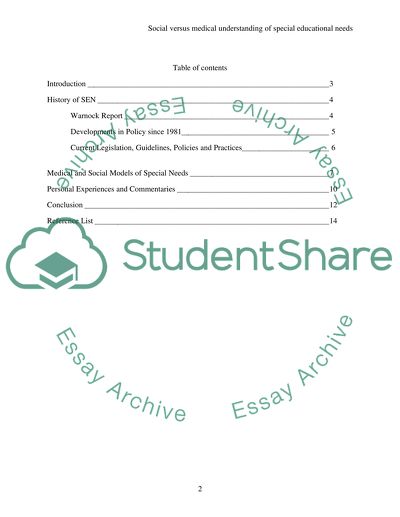Cite this document
(“Examine the difference between the social and the medical Essay”, n.d.)
Retrieved from https://studentshare.org/environmental-studies/1419343-examine-the-difference-between-the-social-and-the
Retrieved from https://studentshare.org/environmental-studies/1419343-examine-the-difference-between-the-social-and-the
(Examine the Difference Between the Social and the Medical Essay)
https://studentshare.org/environmental-studies/1419343-examine-the-difference-between-the-social-and-the.
https://studentshare.org/environmental-studies/1419343-examine-the-difference-between-the-social-and-the.
“Examine the Difference Between the Social and the Medical Essay”, n.d. https://studentshare.org/environmental-studies/1419343-examine-the-difference-between-the-social-and-the.


